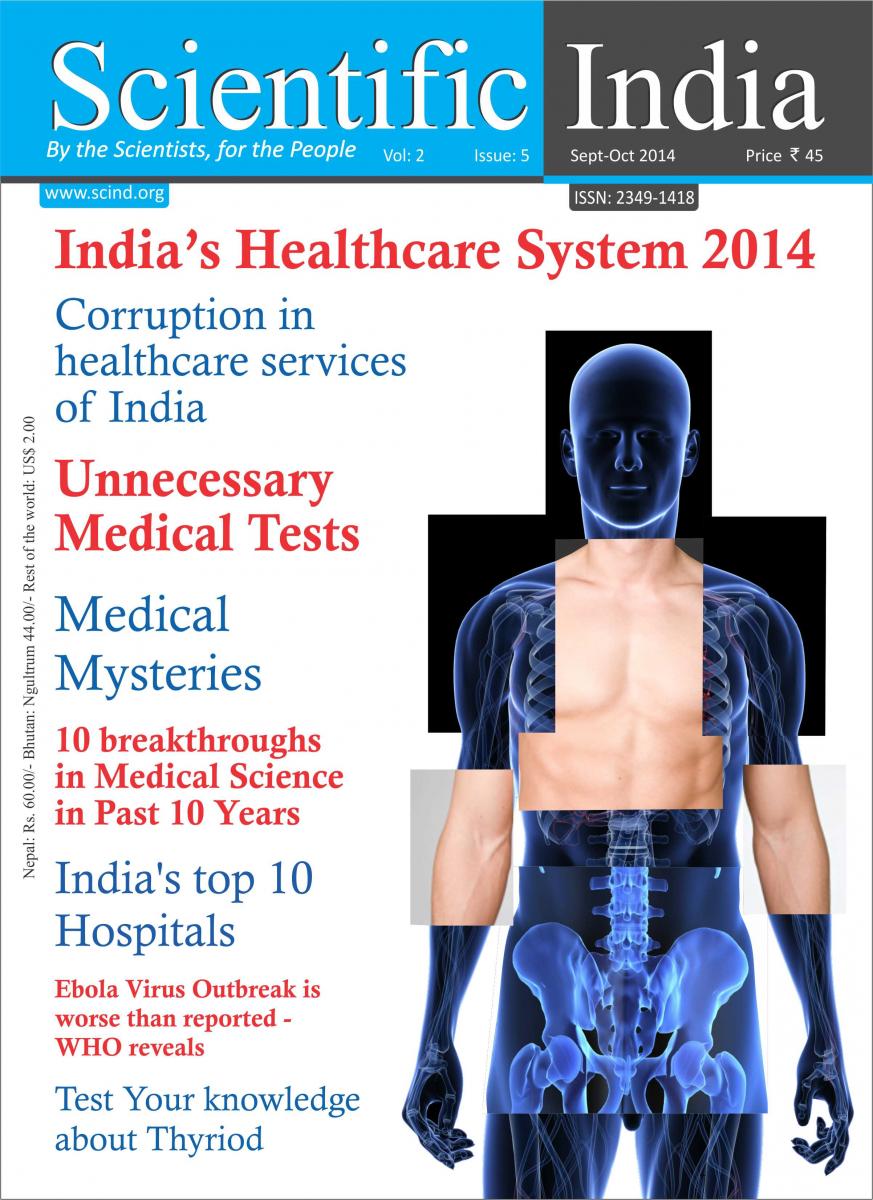Identification And Quantification Of Specific Volatile Organic Compounds From A Drinking-Water Well In The United States

Williamson Research Centre for Molecular Environmental Sciences, School of Earth, Atmospheric and Environmental Sciences, University of Manchester, UK
Volatile Organic Compounds (VOCs) are hazardous to human health and the environment. Because VOCs are dangerous, there is often a requirement to monitor their concentrations; however, current VOC monitoring techniques (spot sampling) are often insufficient to determine their representative concentrations. In this study we used a more representative approach to measured and analyse aggregate concentrations of VOC and their individual components at a Drinking-water Well in the U.S. Continuous measurement of aggregate concentrations of VOC was conducted at the site on hourly sampling basis using an in-borehole gas monitor called Gasclam whilst a Tenax TA sorbent tube incorporated into and to work in parallel with this instrumentation was used to adsorb bulk concentrations of VOCs and subsequently desorbed (for characterisation) using thermal desorption/gas chromatography-mass spectroscopy (TD/GC-MS) technique. A total concentration of 3785ppm and2108ppm was recorded in wells 1 and 2 respectivelyover the monitoring period. The total concentrations of adsorbed VOCs in the site are 2.64 x 102 mg/m3 and 2.42 x 102 mg/m3in wells 1 and 2 respectively. Among the identified VOCs are those considered to be hazardous to health and environment. Although various types of remediation have been done on this site; the result shows they were not effective. Further remediation is therefore recommended.
Keywords: Carcinogens Gasclam, Ozone formation, TD/GC-MS, Tenax TA, VOCs characterization.
